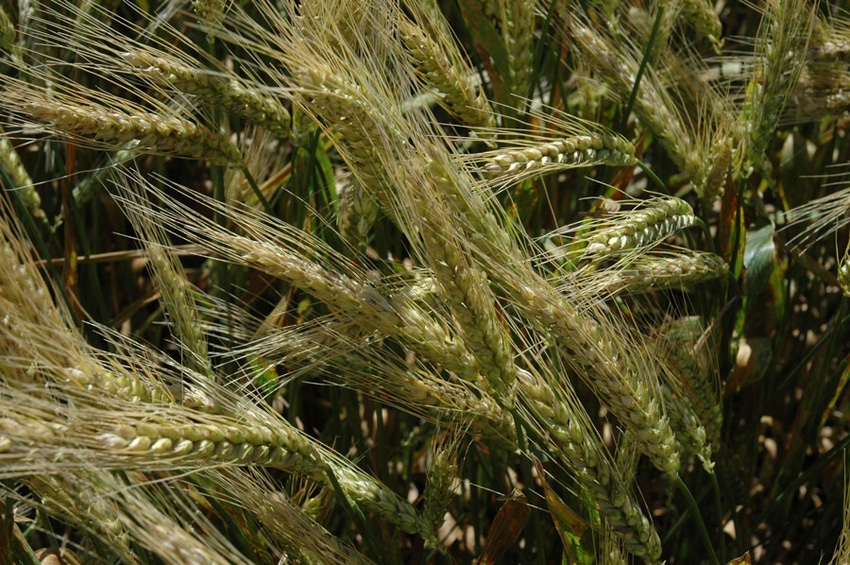February 22, 2013

A problem for hard red winter (HRW) wheat is that it has not had and does not have enough moisture. Yet, some HRW wheat may have received moisture too late. Winter wheat that is just now germinating has a low yield potential.
The odds are that late-germinating wheat’s yield potential is 25 to 30 percent of the average yield potential. This low yield potential will trigger a crop insurance payment, but at a reduced amount than if the seed had not germinated.
Another HRW wheat moisture problem is that both soft red winter (SRW) wheat and hard red spring (HRS) wheat areas have relatively good moisture and growing conditions. The USDA estimates SRW wheat planted acres to be 16 percent higher than last year. Some analysts predict that HRS wheat planted acres will also be greater than last year.
With good moisture and growing conditions, above average SRW and HRS wheat production will partially offset reduced HRW wheat production. The expected result is lower HRW wheat prices at harvest.
Moisture conditions have improved and are relatively good in most of the corn production area. At the February Ag Outlook Forum, the USDA predicted 2013 corn planted acres to be 96.5 million compared to 96.9 million acres last year. Corn production for 2013 was predicted to be 14.5 billion bushels compared to 12.8 billion last hear.
Relatively good moisture may result in record corn production, and corn ending stock may increase from 632 million bushels to nearly 2.0 billion bushels. The USDA predicted that the 2013/14 corn marketing-year average price will be $4.80 compared to $7.10 for 2012/13. Lower corn prices may have a negative impact on HRW wheat prices.
With less than a one percent increase in U.S. wheat planted acres, U.S. wheat production is projected to decline 7.4 percent. With lower production and lower beginning stocks than during the 2012/13 wheat marketing-year, the average 2013/14 marketing-year wheat price is still projected to decline 90 cents to $7.
If the average 2013/14 marketing-year corn price declines from $7.10 to $4.80 (32.4 percent), will the average annual U.S. wheat prices only decline from $7.90 to $7 (11.4 percent)? At this writing, wheat may be forward contracted for June 2013 delivery for about $7.25. The November 2013 delivered wheat price is projected to be about $7.75.
The forward contracted and projected prices above are based on a Kansas City Board of Trade (KCBT) July contract price of $7.75 and a December contract price of $8.05. Corresponding corn prices at the Chicago Board of Trade (CBT) are a July corn contract price of $6.73 and a December contract price of $5.54. Note that the KCBT wheat July to December price change is a 30 cents (4 percent) price increase and the CBT corn July to December price change is a $1.19 (18 percent) price decrease.
The difference between the KCBT July wheat contract price ($7.75) and the CBT July corn price ($6.73) is $1.02. The difference between the KCBT December wheat contract price ($8.05) and the CBT December corn price ($5.54) is $$2.51. These figures may be compared to the average annual $2.20 ($7 - $4.80) difference between wheat and corn.
This situation implies that wheat prices may remain relatively high even with relatively low corn prices.
2013 wheat production is projected to be less than 2012 production because of wheat moisture problems, which should have a positive price impact. Corn production for 2013 is projected to be 3.8 billion bushels more than 2012 production. The corn moisture situation is expected to have a negative impact on both corn and wheat prices.
Producers whose wheat germinated last fall may have the opportunity to harvest a good crop. Producers whose wheat is just now germinating may not be so lucky.
About the Author(s)
You May Also Like






